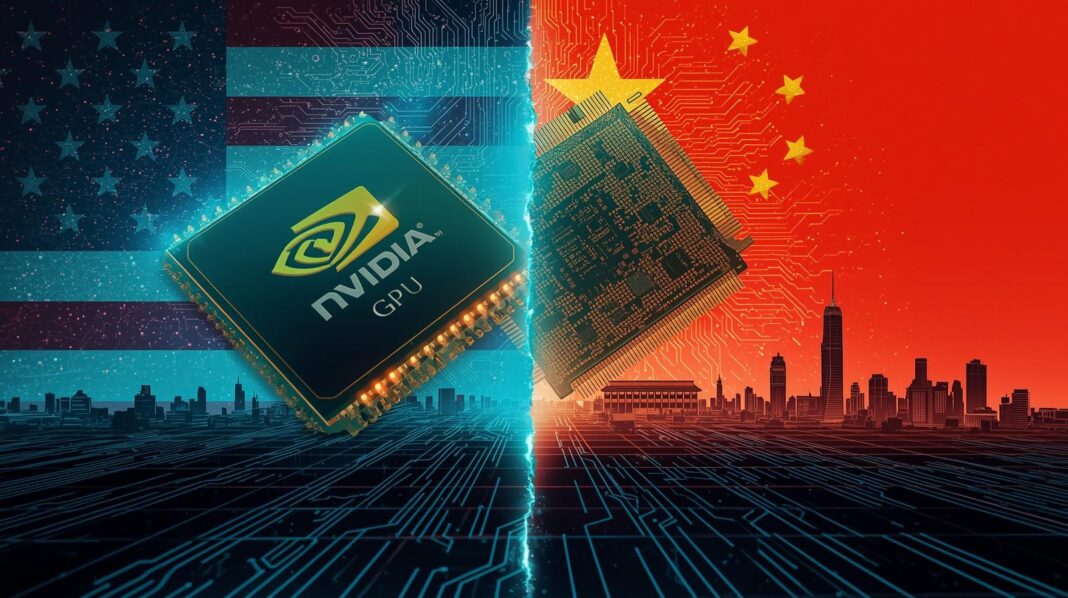China’s decision to halt purchases of Nvidia’s advanced AI chips marks a turning point in the technology race with the United States, as Beijing accelerates efforts to build a self-sufficient semiconductor ecosystem.
The order from the Cyberspace Administration of China (CAC) instructed leading firms including Alibaba, ByteDance, and Tencent to stop testing and cancel orders of Nvidia’s RTX Pro 6000D processor.
While the move disrupts the rollout of large-scale AI models in China, analysts say the long-term objective is clear: weaken dependency on U.S. technology and nurture local champions.
From Importer to Innovator
For years, China’s tech giants relied heavily on Nvidia’s GPUs to power machine learning systems.
That reliance became a vulnerability after Washington imposed strict export controls in 2022 and 2023, cutting off access to Nvidia’s most advanced products such as the H100.
Beijing’s response has shifted from quiet procurement to open substitution. By banning the RTX Pro 6000D, regulators are signaling that Chinese companies must now prioritize domestic hardware — even if it means operating with less efficient chips in the near term.
“China is recalibrating its entire AI supply chain,” said Liu Qiang, a policy analyst at a Beijing think tank. “It’s a painful transition, but one that aligns with the country’s long-term security and innovation goals.”
Winners at Home, Ripples Abroad
The most immediate beneficiaries are Chinese chipmakers. Huawei’s Ascend processors and startups such as Biren Technology are expected to gain market share as internet platforms redirect orders. State subsidies and procurement guarantees are likely to reinforce this shift.
Globally, the ban sends a warning shot. Countries and corporations that once assumed access to U.S. hardware was a given may now question whether geopolitics can choke supply.
This could accelerate investment in regional alternatives, from Europe’s RISC-V projects to India’s semiconductor initiatives.
A Two-Way Technology Wall
The ban illustrates how the U.S.–China chip conflict has evolved into a two-way wall. Washington restricts what U.S. companies can sell; Beijing restricts what its companies can buy. Both sides are effectively decoupling their AI ecosystems.
That fragmentation carries risks. Instead of a single global standard, the AI industry could split into parallel technology blocs: U.S.-led systems powered by Nvidia and AMD chips, and a Chinese-led ecosystem driven by Huawei and other local firms.
What It Means for the AI Race
In the short term, China’s ban slows domestic AI adoption. But in the long term, it could foster resilience by forcing Chinese firms to innovate around constraints.
Analysts argue this mirrors past examples where restrictions — such as limits on telecom equipment — spurred China’s rise as a global player.
For Nvidia, the message is clear: China is no longer a guaranteed market. For the global AI race, the lesson may be even more profound — technological dominance is no longer just about who makes the best chip, but who controls the supply chain from start to finish.
Also Read
Crypto Traders Eye FOMC as Bitcoin and Ethereum Rally Ahead of Fed Decision
Student Loan Crisis 2025: Forgiveness Delays and Rising Costs

